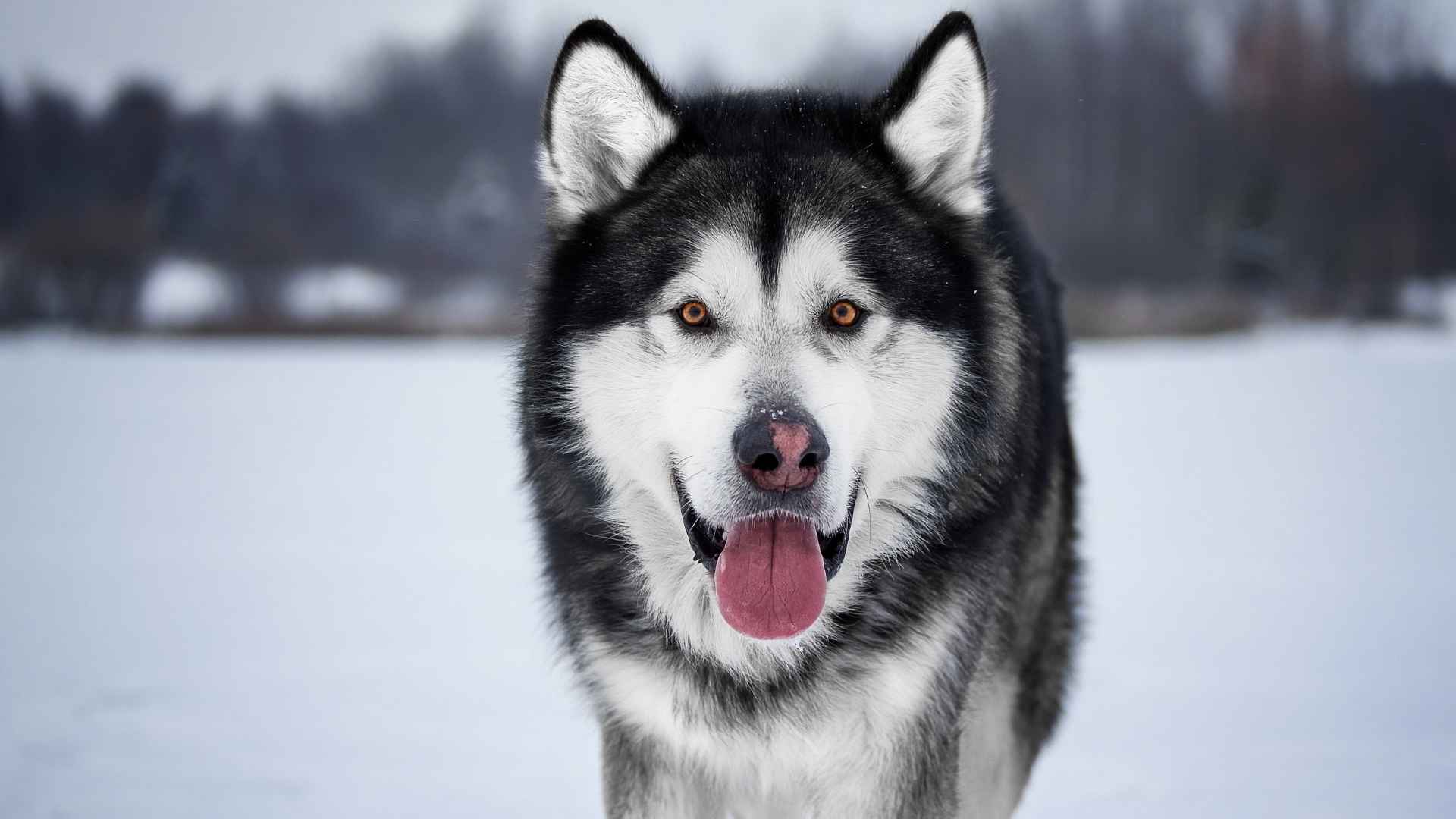When you look into the eyes of a majestic, wolf‑like dog, there’s more than meets the eye—it’s a glimpse into a shared history spanning tens of thousands of years. Studies estimate that dogs first diverged from wolves between 20,000 and 40,000 years ago, long before humans settled into agriculture, marking them as the earliest domesticated animals.
Modern analysis shows that even today, up to 25% of the genome in some wolves includes dog ancestry, meaning the genetic door between wolves and dogs never fully slammed shut.
We’re not just looking at dogs with beauty—we’re peering at living connections to them being wild descendants, ancestors who moved with purpose and power, and whose essence still beats through sled, guardian dogs, and the rare dog breeds uncannily wolf‑like.
Wolf-Like Dog Breeds
Here are the 7 wolf-dog breeds:
1. Alaskan Malamute
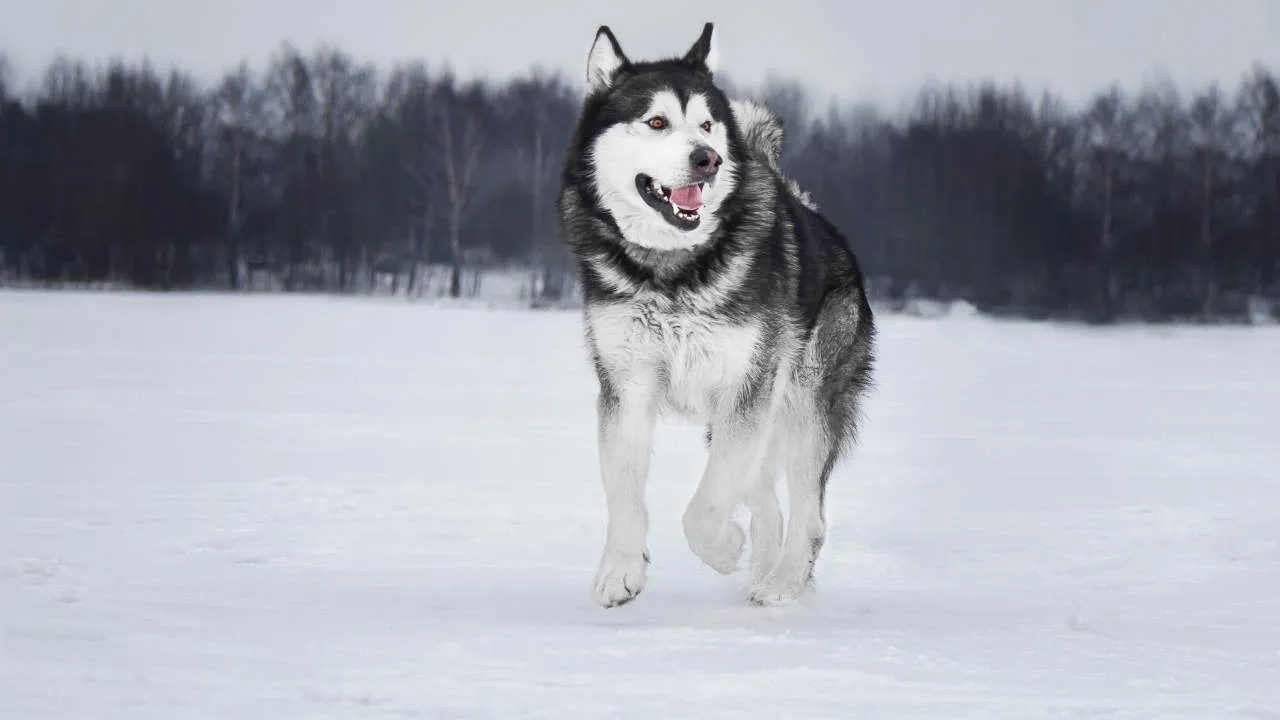
The Alaskan Malamute stands out for its physical strength and deep-rooted connection to its wolf blood. Originally developed by the native Mahlemut tribe of Alaska, these were designed to haul heavy sleds across vast, frozen terrain.
Their heavy coat is built for brutal winters. Their stoic demeanor and intelligence often make people believe they’re more wolf than domestic.
Resourceful Nature: Thanks to generations of survival in the cold, these are impressively self-sufficient and quick to problem-solve in the face of obstacles.
Not Guards: Don’t expect a watchful protector—Malamutes are too friendly to be a watchdog.
Quiet Observers: One of their most endearing traits is how rarely they bark. Instead, they communicate through howls and expressive body language, adding to their wolf-like features.
Wild nature: Their facial markings and sturdy frame resemble wolves, while their fur comes in striking shades like black and red, gray and white, and sable and white.
The Alaskan Malamute isn’t just a working wolf dog; it’s a symbol of Arctic endurance wrapped in a friendly package. Ideal for active families, these canines crave companionship, space to move, and meaningful tasks.
2. Shikoku
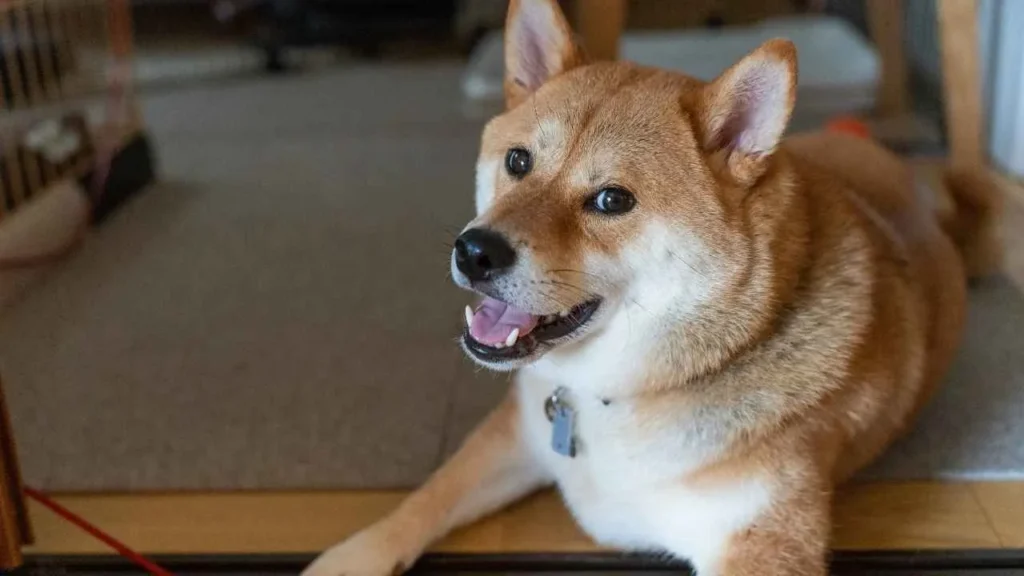
The Shikoku is a rare breed with a wolf-like appearance that’s compact, agile, and deeply tied to Japan’s natural landscape. Hailing from the mountainous region of the Kochi Prefecture, this primitive dog was originally developed to hunt wild boar across rugged terrain.
What makes this breed so fascinating isn’t just its looks from wild wolves—it’s the instinctive behavior, strong sense of judgment, and centuries of selective breeding that shaped it.
Loyal but Reserved: While loyal companions to their family, they tend to be aloof with strangers and retain an independent, part-wolf nature.
Compact Build: With well-developed muscles, pricked ears, and a curled tail, the Shikoku is about function and balance.
Moderate Size: According to the American Kennel Club (AKC), this is a medium-sized dog that doesn’t overwhelm with size, making it suitable for homes that want a wolf-dog look.
Seldom Vocal: While alert, they rarely bark unless there’s a reason—typical wolf-dog breeds traits.
Built for endurance and quick decision-making, it’s not for a first-time dog owner, but for those who appreciate the quiet intensity of strong dogs, the Shikoku delivers. Its quiet confidence, instincts, and striking look make it a standout in the canine world to dog lovers.
3. Utonagan
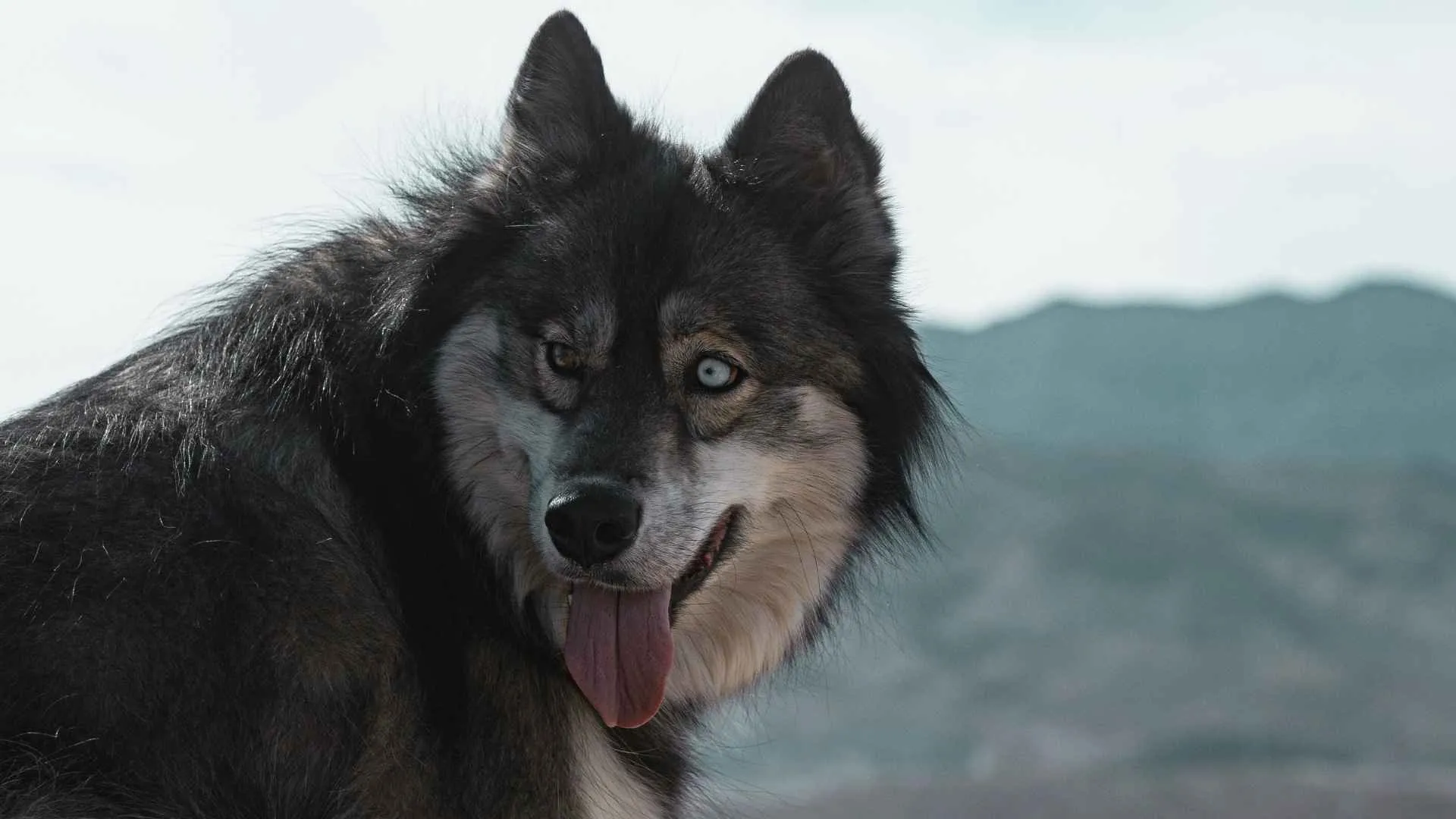
The Utonagan is a majestic dog breed developed in the 1980s to resemble a wolf while retaining the calm, trainable temperament of a domesticated pet. Medium to large, this breed stands out with its thick double coat, wild aesthetic, and muscular build.
Although it looks like it belongs in the wilderness, the Utonagan is a companion dog at heart, not bred for guarding, herding, or working tasks.
Mixed Heritage: The breed is a blend of multiple dog types and is sometimes referred to as the Northern Inuit Dog, though there are distinctions between the two.
Coat and Coloring: Thick double coat that sheds seasonally, with colors that resemble wolves—grays, blacks, and silvers.
Gentle but Can Be Dominant: Generally friendly and well-tempered, but some dogs may exhibit dominant traits, especially without early training.
Needs Early Socialization: Training and socialization from puppyhood help curb any pushy behavior and develop a well-mannered adult dog.
Though it looks like it just stepped out of the forest, the Utonagan is not a wild animal—it’s a loyal, affectionate companion best suited for experienced owners who can provide structure and consistency.
4. Shiba Inu
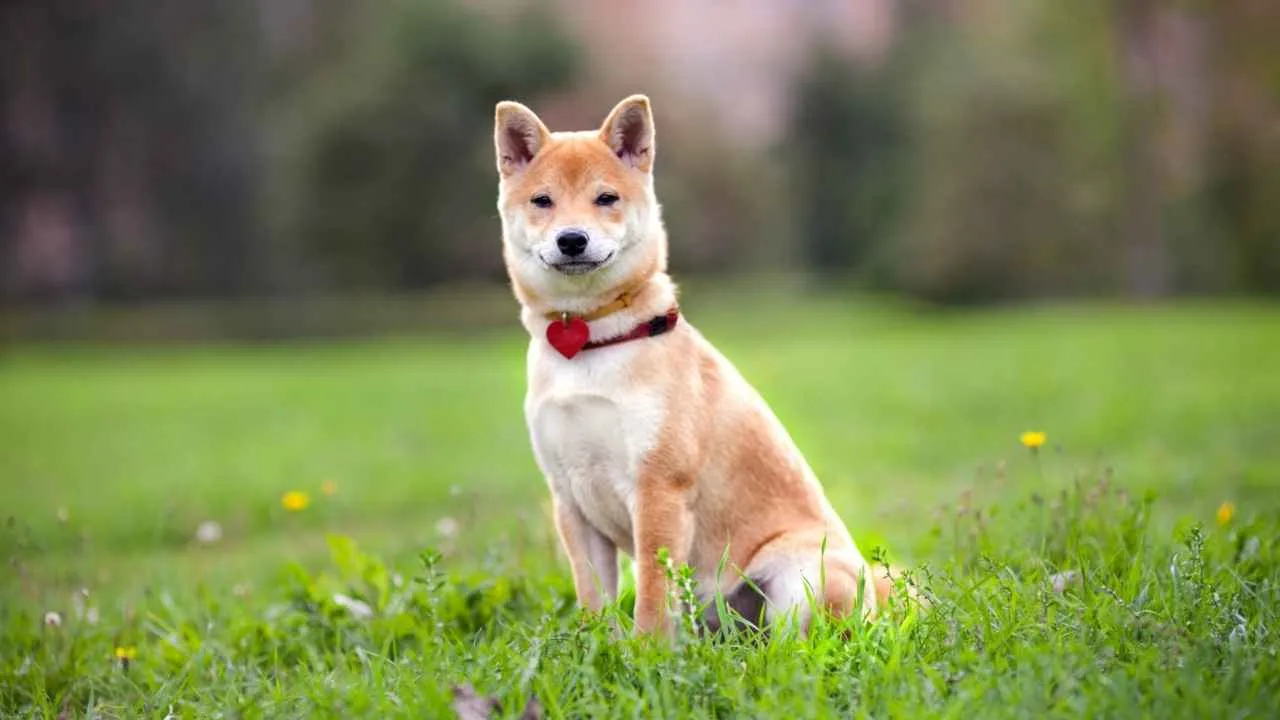
The Shiba Inu may be small, but it carries the presence of a much larger, wilder animal. With a face and posture that echo a fox or even a miniature wolf, this ancient Japanese breed is packed with character.
Its name might reference its reddish coat—similar in color to autumn brushwood—or come from an older meaning of “shiba” as “small.” Either way, this dog leaves a big impression.
Selective Loyalty: Deeply bonded with their humans but wary of strangers—they choose their circle carefully.
Not Overly Affectionate: Shibas prefer companionship on their terms.
The Famous “Shiba Scream”: When excited, annoyed, or just extra dramatic, they let out a sharp, ear-piercing yelp that’s impossible to ignore.
Escape Artists: Clever and curious, they’re known to climb, squeeze, or dig their way out of yards and leashes if not secured properly.
Double-Coated and Seasonal Shedders: Expect dramatic seasonal shedding events, also known as “blowing their coat.”
Clean Like a Cat: Shibas often lick and groom themselves like felines, maintaining an impressively tidy coat.
Purposely bred to hunt in rugged terrain, they’ve retained that sharpness and need both physical and mental stimulation. They don’t just look independent. It lives it.
5. Shar Pei
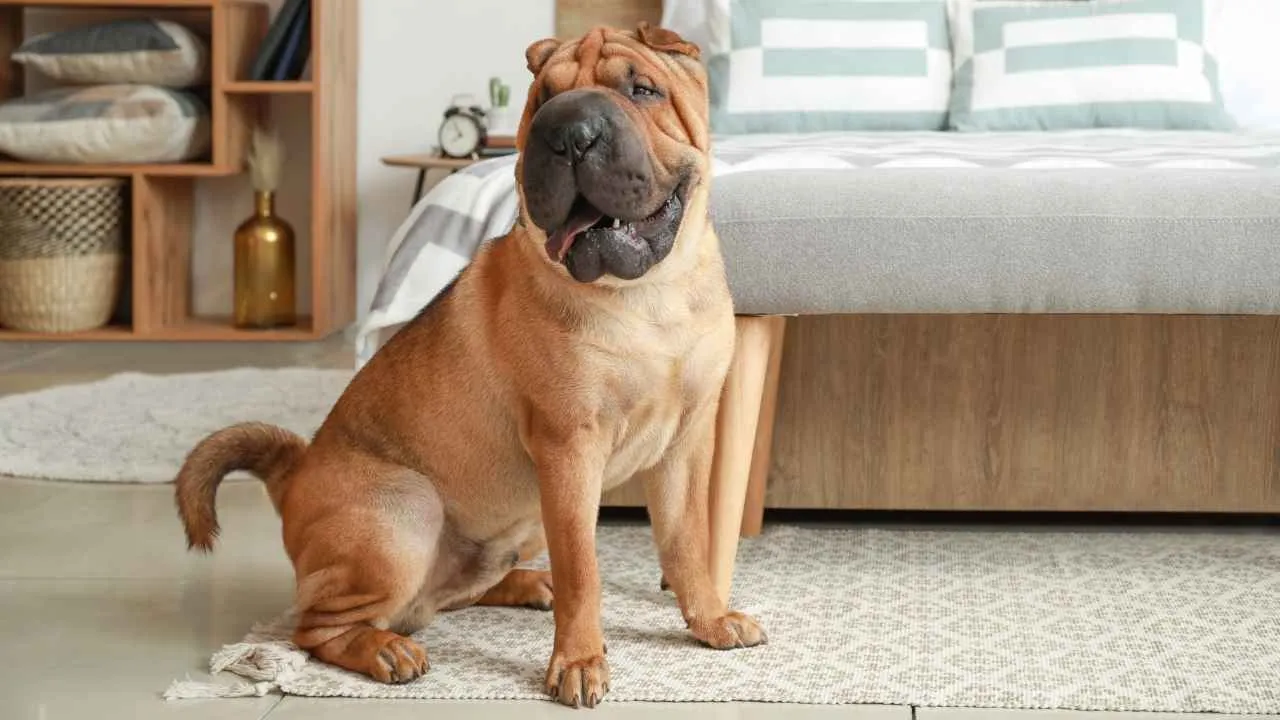
The Shar Pei isn’t just one of the most visually unique dog breeds on the planet—it’s also one of the most ancient. With roots tracing back over 2,000 years in China. While it may not scream “wolf” at first glance, recent wolf ancestry studies place it remarkably close to its wild ancestors.
“Sand Skin” Coat: According to WebMD, the breed’s name translates to this, referencing its rough, bristle-like texture.
Iconic Wrinkles: Originally bred for protection in dog fights, the loose skin made it tough for opponents to get a solid hold.
Blue-Black Tongue: A rare trait shared with the Chow Chow, hinting at a shared ancient lineage.
Independent but Loyal: Shar Peis are confident, reserved, and don’t need constant affection, but fiercely protect their people.
Guard Dog Instincts: Bred as natural defenders, a rescue dog, they’re alert and territorial with wild instincts, without being aggressive toward those they trust.
Quiet Companions: Not prone to barking unnecessarily, they’re calm presences that prefer to observe before acting.
The Shar Pei is more than just a wrinkled face. They’re composed, confident, and loyal—ideal for people who appreciate low-maintenance yet deeply devoted. A dog that brings both history and quiet strength, the Shar Pei might be your domesticated dog.
6. Siberian Husky
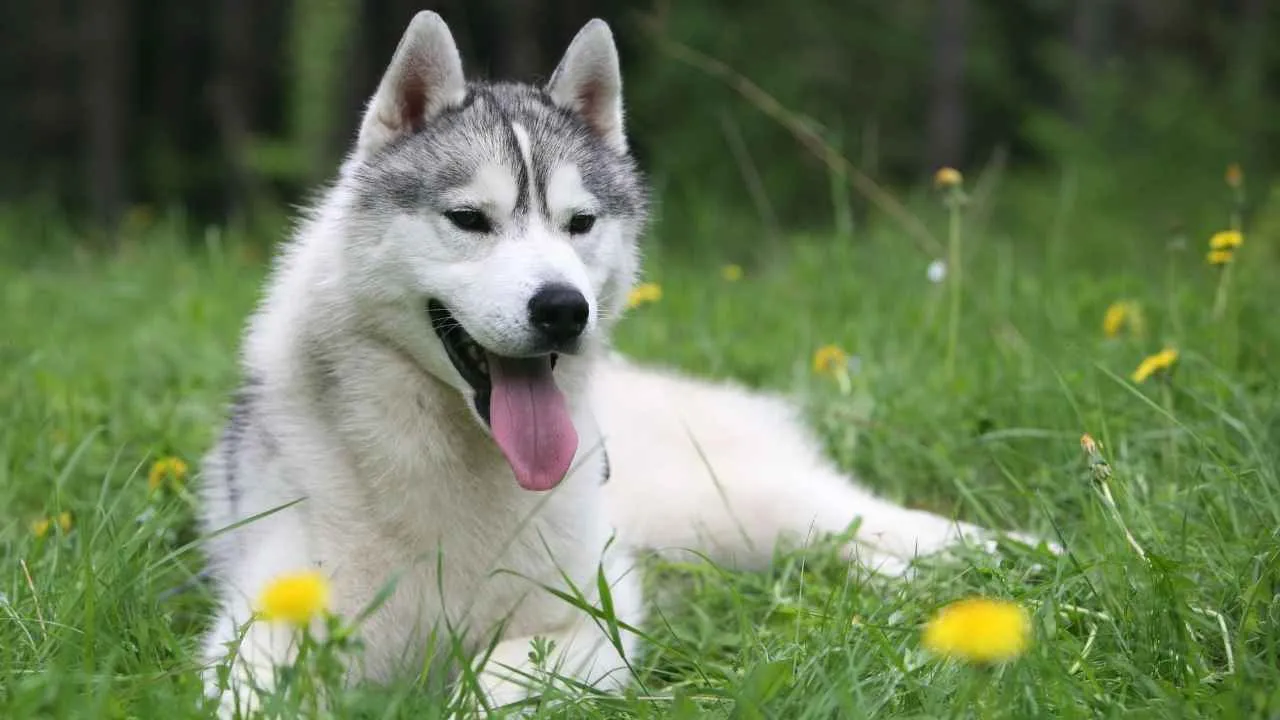
The Siberian Husky is more than just a beautiful, wolf-like dog with piercing eyes. Originally bred by the Chukchi people of Siberia, Huskies were designed to be resilient sled dogs capable of running long distances in freezing temperatures with minimal food.
Their strength, stamina, and adaptability made them ideal for harsh climates, and those traits are still alive in the breed today. Huskies also have playful, outgoing personalities that make them great family dogs.
Double Coat for Harsh Weather: A dense undercoat helps trap body heat, while the longer, water-resistant outer coat shields against snow and ice.
Eye Structure Adapted for Snow: Their almond-shaped eyes reduce glare from sunlight reflecting off snow and protect against wind-blown debris.
Military Service: During World War II, the U.S. Army used Siberian Huskies for Arctic search and rescue missions, proving their reliability in extreme conditions.
Independent Thinkers: While intelligent, Huskies can be stubborn and require consistent training and plenty of mental stimulation.
Huskies are vocal communicators—you’ll hear howls, yips, whines, and the occasional “talking” session, but bark quite barely. They’re perfect for active families who appreciate wilderness in their wolf-like dog breeds. Just make sure your fences are high, and your sense of humor is intact.
7. Akita Inu
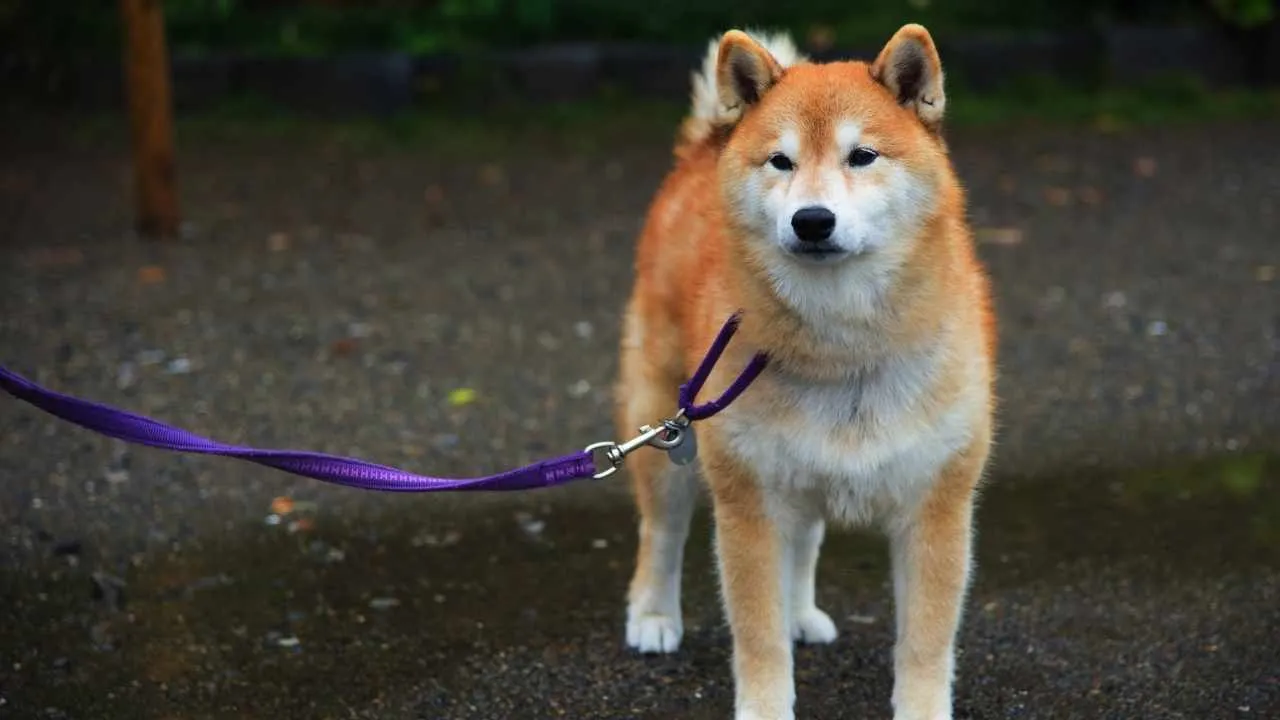
The Akita Inu carries the aura of something ancient and unshakable. With a fox-like face, alert posture, and broad, muscular frame, it’s easy to see why this breed is often listed among dogs most closely related to wolf-dog breeds.
Double-Coated for Survival: According to PetMD, the Akita’s fur is built for cold. It has a thick undercoat for warmth and a coarse outer layer that shrugs off wind, snow, and rain.
Snow-Walking Adaptation: Webbed toes give the Akita traction on icy terrain and help distribute weight, an evolutionary edge for movement across snow.
Surprisingly Tidy: Akitas are clean, often licking themselves like cats and preferring not to soil their space, unlike many dogs. They are a high-maintenance breed.
Conclusion
Many carry strong instincts, independent streaks, and deep loyalty to their families. Some are quiet and reserved; others are vocal, energetic, and endlessly curious. While they may look like creatures from the wild, they’re still domestic dogs, with needs that go beyond looks. They often require experienced handling, plenty of exercise, consistent training, and a strong bond with their human companions.
So if you’re considering a dog that mirrors the mystery and majesty of a wolf, make sure you’re ready for the commitment that comes with it. These dogs offer beauty, brains, and complexity—but they’ll need your time, patience, and understanding in return.


